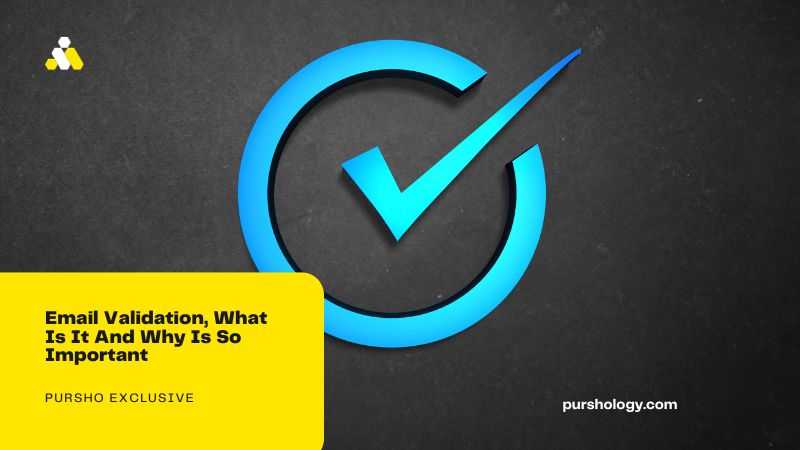What is the Purpose of Email Validation?
Email validation serves to confirm the legitimacy and usefulness of an email address. It involves checking for possible errors, such as typographical mistakes, or verifying various vital aspects:
- Determining the associated domain, such as Gmail or Microsoft Outlook.
- Evaluating the email address’s ability to receive messages.
- Identifying if it is a temporary email address.
Proper email validation is crucial to maintain a clean email list, which is of utmost importance in the context of identity theft and spam traps to ensure the reliability of email communications.
Why is Email Address Verification Necessary?
The need to validate email addresses lies in maintaining a healthy email account and preserving a high sender reputation. Sender reputation, also known as sender score, is the metric used by Internet Service Providers (ISPs) to determine the legitimacy of your emails.
A positive sender reputation increases the likelihood of your emails reaching recipients’ inboxes, while a damaged sender reputation jeopardizes email success. Several factors can harm sender reputation, such as sending unexpected emails that lead recipients to unsubscribe. Ensuring that email content aligns with readers’ expectations and following a consistent sending schedule are essential practices to safeguard sender reputation.
Many elements influence sender reputation: spam reports, traps, sending history, engagement, and unsubscribes. However, bounce rate stands out as a prominent factor.
How Do Email Verification Tools Work Without Sending Messages?
Email verification tools operate without the need to send emails, preventing potential damage to sender reputation and deliverability. They follow a multi-step verification process:
- Syntax and Format Evaluation: Initially, these tools conduct a check to assess the correctness of the email address in terms of syntax and format. This step identifies errors like extra “@” symbols or other discrepancies.
- Domain Examination: This stage involves examining the domain associated with the email address to verify its existence and operational status. This is crucial as domains can expire or undergo changes that can invalidate email addresses.
- Email Ping: Email verification services use the SMTP protocol to ping the email address’s server, assessing its existence and its ability to accept incoming emails. A positive response confirms the email address’s validity, while a negative response indicates its non-existence.
These tools allow effective email validation while avoiding potential problems associated with sending emails for verification purposes.
How to Verify an Email Address Without Sending a Message?
Sending an email to verify someone’s address can potentially damage your sender’s reputation and deliverability. You never know how many emails will bounce. The safest way to verify email addresses is by using email verification tools.
It will take care of the rest if you link the API with your system by following your particular requirements. It’s quick and effective, supports bulk inquiries, and gives customers access to 1000 complimentary requests each month.
Conclusion
In conclusion, email validation plays a fundamental role in maintaining clean email lists and preserving a high sender reputation in the world of email. By verifying aspects like syntax, domain, and email address’s deliverability, ensures the legitimacy and usefulness of email addresses. This practice is essential to ensure that emails reach recipients’ inboxes, avoiding the spam folder and maintaining a good relationship with internet service providers. Email verification tools, which operate without sending messages, enable effective validation without jeopardizing sender reputation or email deliverability.




